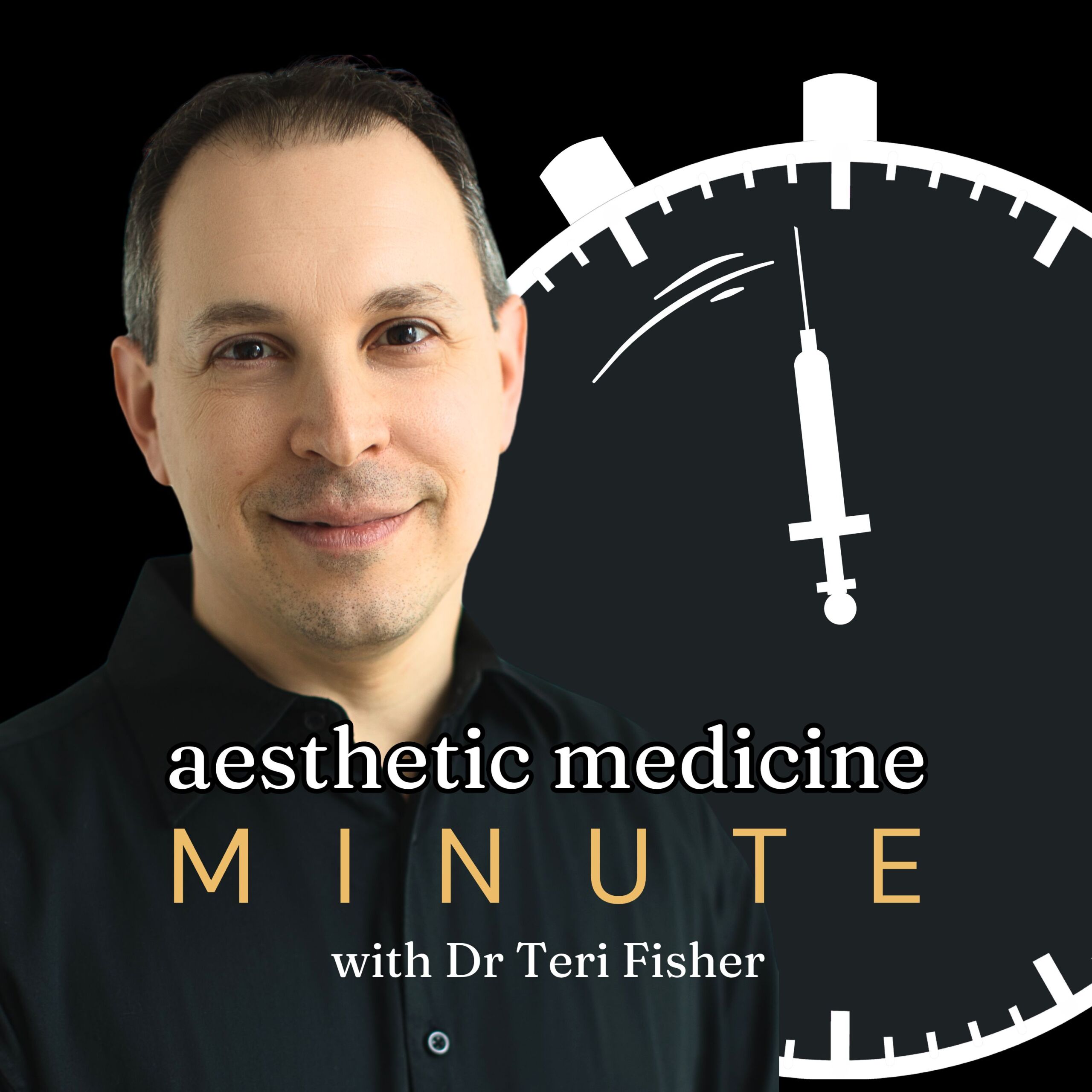
AMM 138: TikTok’s Dermal Filler Craze Lacks Reliable Info
July 14, 2024
In this episode, listeners will explore the impact of TikTok on spreading information about dermal fillers. A recent study assessed the quality of top TikTok videos on this topic, revealing a significant lack of reliable content. Physician assistants produced the highest-quality videos, while clinic accounts lagged behind. Despite impressive engagement rates, most videos were not educational. The episode underscores the necessity for qualified medical professionals to elevate the standard of information by creating content that is both accurate and educational. Tune in to understand the role medical experts can play in enhancing public knowledge on social media platforms.
Quick Takes
- A recent study in Skin Health and Disease assessed the quality of dermal filler content on TikTok under hashtags like #filler and #dermalfiller.
- The average DISCERN score for these videos was only 1.64 out of 5, revealing a significant quality gap in information.
- Videos from physician assistants scored the highest in quality, while clinic accounts scored the lowest. Only 21% of the videos were categorized as educational.
Episode Transcript
Today is July 14, 2024.
Let’s talk about TikTok and its role in spreading information about dermal fillers. A recent study published in Skin Health and Disease examined the quality of dermal filler content on TikTok. Researchers analyzed the top videos under hashtags like #filler and #dermalfiller. They used the DISCERN instrument to assess the quality of each video.
The results were quite eye-opening. The average DISCERN score for these videos was just 1.64 out of 5, suggesting a significant quality gap. The study found that videos from physician assistants scored the highest in quality, while clinic accounts scored the lowest. Interestingly, educational videos rated better than comedy or personal testimony types.
Here’s the kicker: despite the high engagement—over 212 million views and 13 million likes—the majority of these videos lacked reliable information. Only 21% of the videos were categorized as educational.
The study’s authors, de Baun, Cerri-Droz, Khan, Alper, and Rao, emphasized the need for more qualified medical professionals to create high-quality educational content. They suggested that videos should include citation details and support shared decision-making to improve viewer reliability.
This research highlights an urgent need for better medical content on TikTok. As experts in the field, we have a responsibility to engage and share accurate information.
